The lead acetate tape method for the detection of hydrogen sulfide (H2S) in gaseous streams is based on the established principle that H2S reacts specifically with lead acetate to form a lead sulfide brown stain. The concentration of H2S is directly proportional to the rate of change of staining on the lead acetate tape. This principle is the basis for a number of ASTM methods. It is by far the most reliable and simple way to measure H2S in process.
H2S + Pb ➔ PbS + H2O
The analyzer moves the treated paper tape one section at a time. Depending on the sample concentration, the tape will begin to darken at a rate proportional to the concentration of H2S in the sample stream. The analyzer exposes a fresh section of tape to the sample inside the sample chamber every 3-4 minutes.
Image Credits :Galvanic Applied Sciences Inc.
The lead acetate series of analyzers are third generation systems designed to meet increasing demands for low level measurement in processes and laboratories.
Tape Transport System :
The stepper motor advances the tape on microprocessor command. In the explosion proof models, the motor is located in an explosion proof box, and connected via a shaft through an explosion proof coupler. The shaft is fitted with a universal coupler to reduce alignment related problems. In the general purpose unit, the motor is mounted inside the chassis.
Sample Chamber Assembly :
The Sample Chamber has a removable aperture that can be changed for various gas concentrations. Typically, the higher the gas concentration to be measured, the smaller the aperture. This aperture restricts the amount of H2S reacting on the tape. The photo detector is a silicon photo diode that converts the darkness to an electric signal amplified at the sensor board to a 0 to 250 millivolt signal. This signal is scaled at the microprocessor. The system uses a single light emitting diode (red) as a light source to illuminate the tape.
Note : Sensor Values may vary as per make/model
Calibration
The system is self zeroing at every tape advance, therefore calibration is only required every 3-4 months. The units can be calibrated manually or automatically with an optional “autocal” solenoid.
Four types of calibration procedures are available:
- Analyzer Zero: potentiometer adjusting of the sensor balance (self adjusting ) note: the analyzer reading is zeroed every cycle (3-4 min) since the measurement is based on rate of change.
- Manual Span Calibration: applying a known gas reference to the analyzer and manually adjusting the gain factor.
- Manual Calibration with Auto Gain Adjustments: applying a known reference to the analyzer. The analyzer then calculates the gain factor internally.
- Auto Calibration: a known gas sample is continuously connected to the calibration inlet port and measured on a user programmed time period. The analyzer automatically calibrates to the known sample.
Note : Timings/Different values vary as per make/model
H2S in a N2 background provides the most stable and convenient calibration source. It is normally recommended to calibrate the analyzer at 60-80% of scale or close to the most critical value such as the alarm limit. Disposable and refillable bottles are available from most laboratory gas suppliers.
Source : Galvanic Applied Sciences Inc. & interline.nl
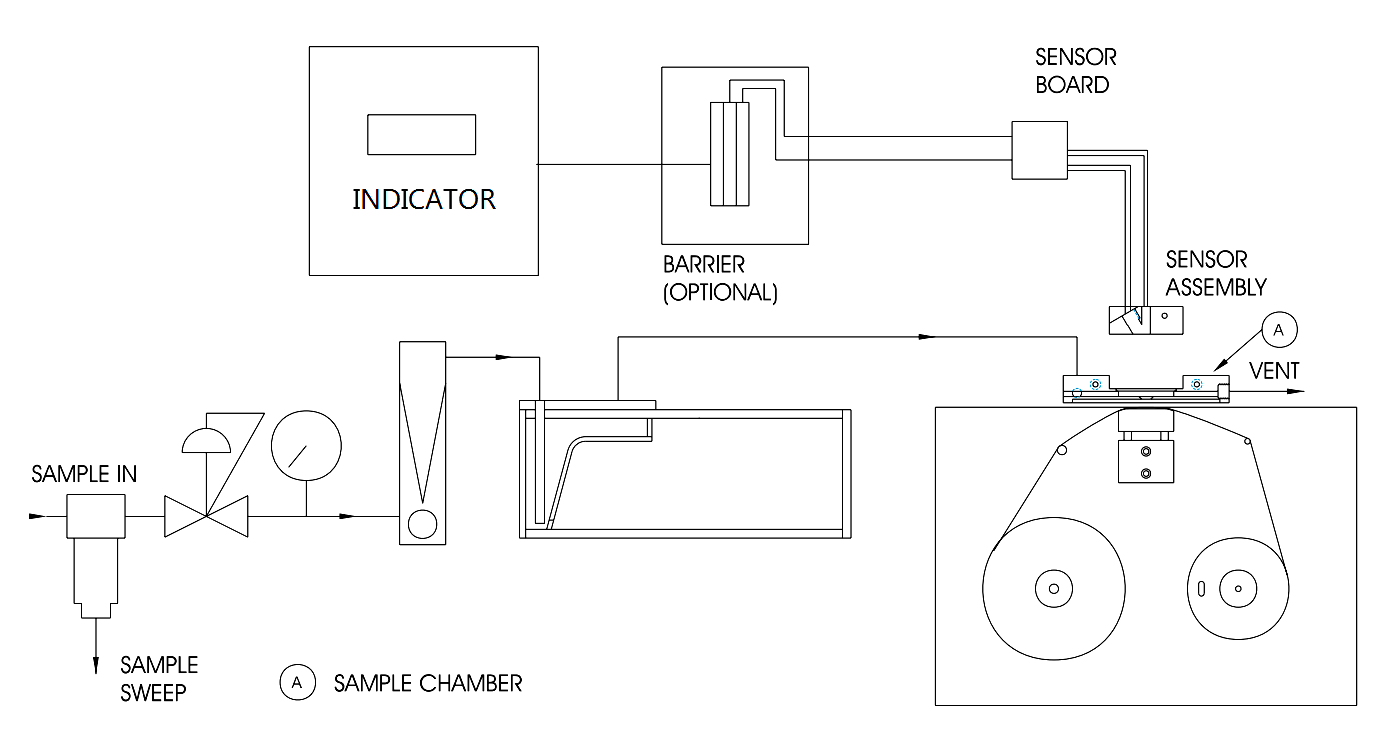
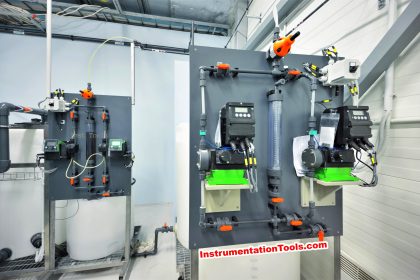
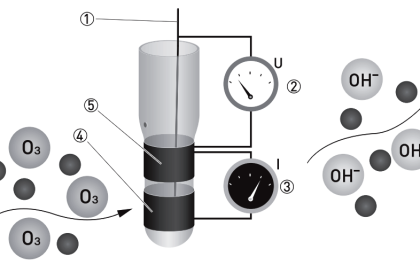

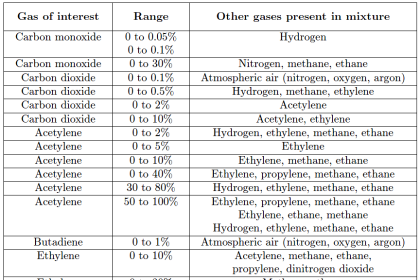
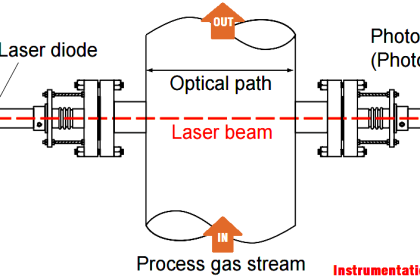
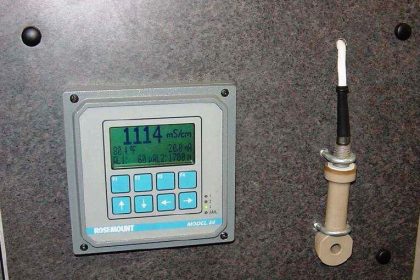
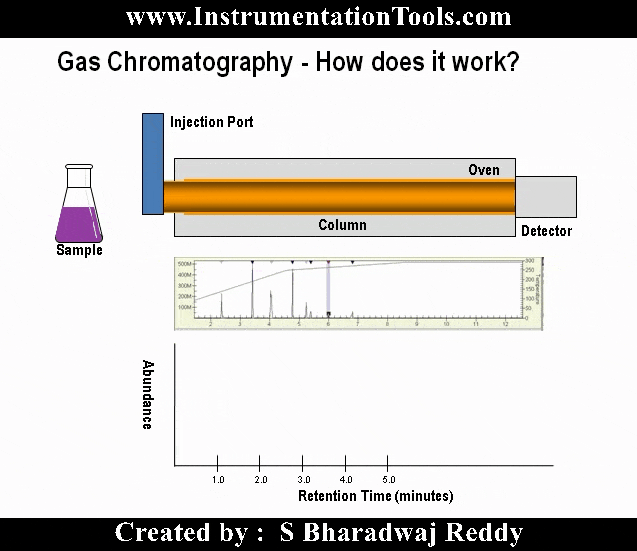
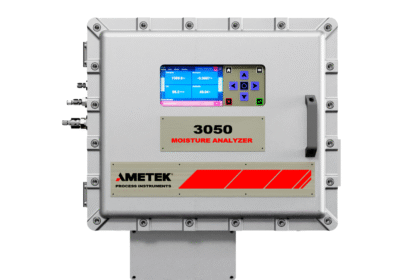
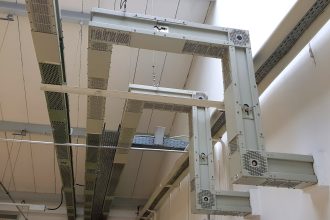


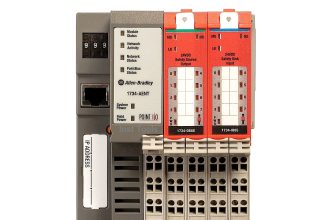
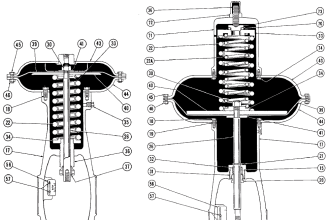
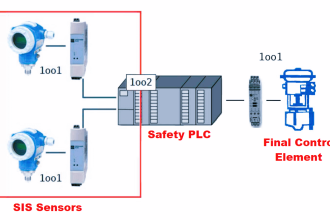

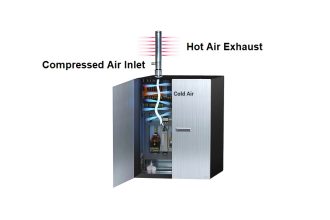

We are using two nos of h2s analyser.Cost of a lead acetate tape is ₹40,000. Each chart will use for 15 days. Two charts for one month. Consumable cost for a month is ₹80,000. This method of H2S measurement is very costly.